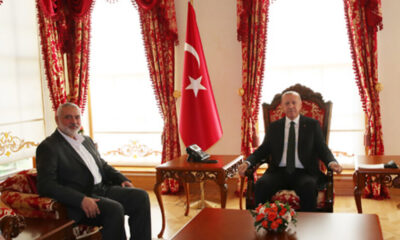Business
Gov’t collects more than 2.2 billion AFN from 10% telecom tax in past seven months

The government has logged more than 2.2 billion AFN in tax collection via the 10 percent telecom tax on mobile phone subscribers since the beginning of the current fiscal year.
The Ministry of Communication and Information Technology (MCIT) said Saturday that through the Real-Time Data Management System – a system used for monitoring the collection of the 10 percent taxes from telecom services – it managed to collect the revenue.
“We managed to collect more than 2.2 billion AFN since the beginning of 2020 and handed it over to the government treasury,” said Abdul Samad Hamid Poya, a spokesman for the MCIT.
Experts, however, claimed the Ministry has yet to ensure transparency in the collection process of the 10 percent revenue tax from mobile phone users.
According to them, the ministry failed to provide details about the exact number of active SIM Cards. But Samad Hamid Poya blamed some telecom companies for not providing them information on the issue.
“We acknowledge that the Ministry of Communications has done some of its work, but if the 10 percent tax would be collected transparently the ministry could generate more revenue than what they have shared,” Salim Tufan an economist told Ariana News.
Last year the MCIT installed “Real-Time Data Management” for the collection of tax across the country. The system was aimed at collecting genuine information through connecting with the telecommunication network system to ensure and gain public confidence in the transparency of the collection process of 10 percent telecom tax and other telecommunication revenues.
Since then, the system remained one of the most controversial issues in the Ministry. Critics believe that the system cannot ensure transparency in the mobile tax collection.
Business
Export volume totals over $140 million in last month of 1402
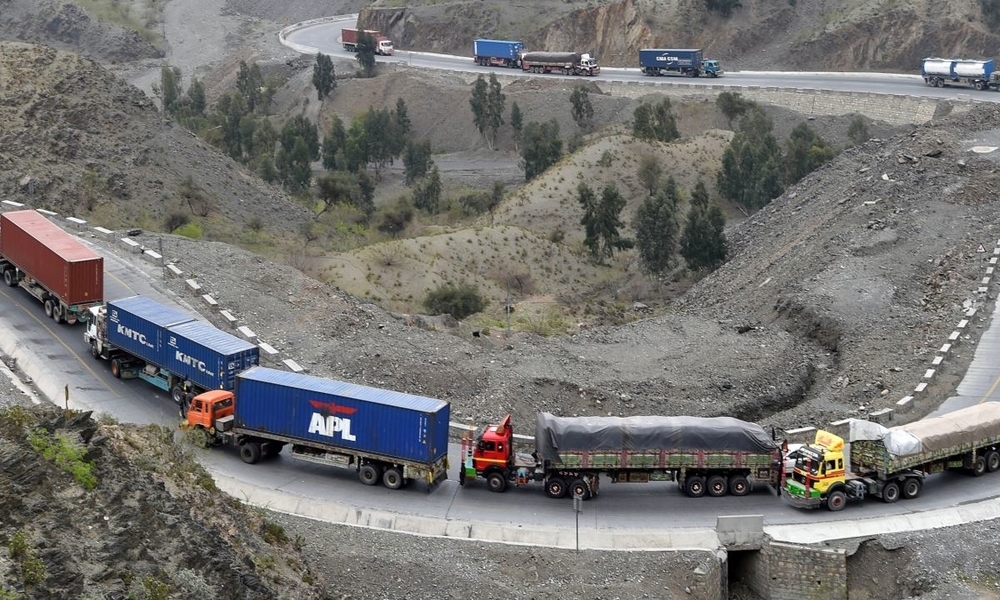
The National Statistics and Information Authority (NSIA) confirmed Tuesday that in the last month of solar year 1402, (March 2024) Afghanistan’s exports totaled $141.1 million and imports totaled $789.6 million.
This was down from $174 million for exports in the same period in 1401. However, imports increased by $99.2 million in 1402, up from $690.4 million.
Most exports in the last month of 1402 went to Pakistan, India and the United Arab Emirates, while in the last month of 1401 exports went to Pakistan, India and China.
Business
Afghanistan-Kazakhstan chamber of commerce opens in Herat
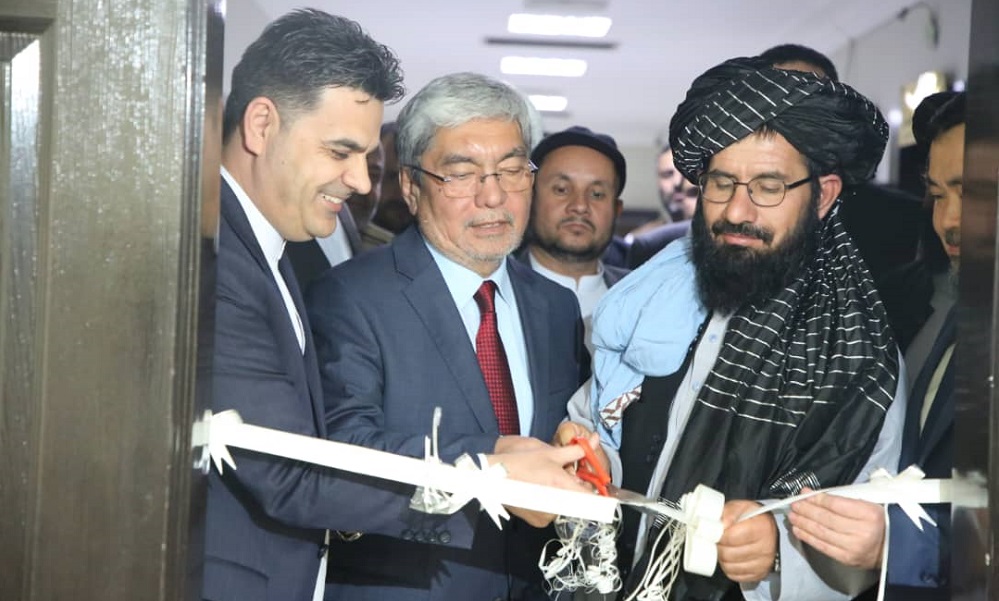
The Ministry of Interior said the governor of Herat province Islam Jar met with Alim Khan Yasin Gildaye, Ambassador of Kazakhstan to Afghanistan, to discuss various issues around trade.
According to the ministry, the two sides discussed the expansion of trade facilities, increasing the volume of trade exchanges between traders of the two countries, reducing customs tariffs, solving the challenges of traders and issuing visas to them.
The Afghanistan-Kazakhstan Chamber of Commerce has been opened in Herat in order to facilitate and increase trade between the two countries.
Business
Afghanistan reaches self-sufficiency in production of 133 items: MoIC
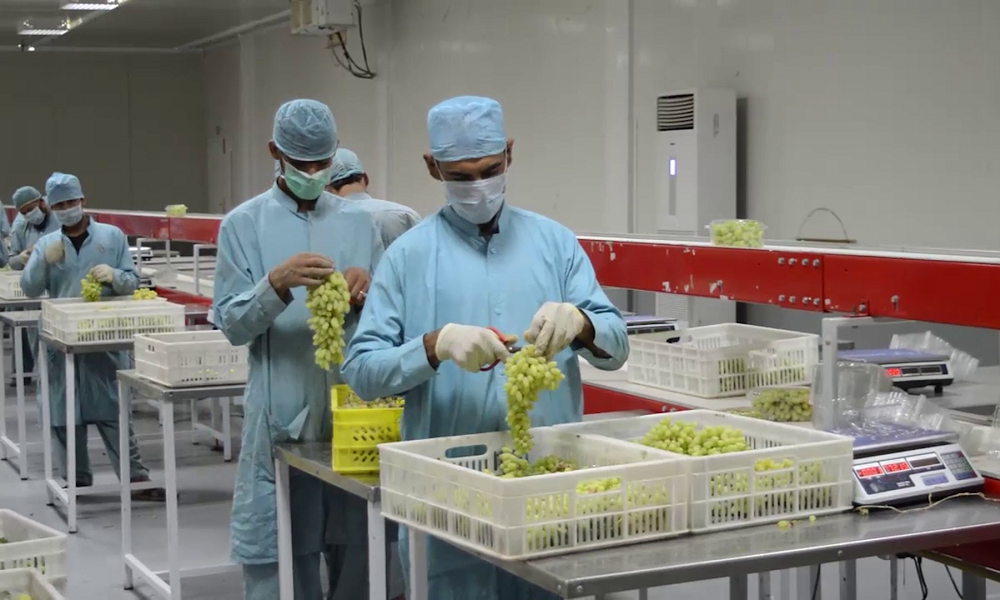
The Ministry of Industry and Commerce (MoIC) says Afghanistan has reached self-sufficiency in 45 sectors and the production of 133 items, and that the ministry is striving to change Afghanistan from an importing country to an exporting one.
The ministry officials said that for this purpose, supporting domestic products and attracting investment is essential.
The ministry’s spokesman Abdul Salam Jawad Akhundzada emphasized increasing the use of domestic goods and products in government and national projects and added that efforts have also begun to find a market for domestic products inside and outside the country.
“We have reached self-sufficiency in 133 items of production, which is 45 sectors, and also we reached the capacity of semi-self-sufficiency in 95 items of production, which is 27 sectors,” he said.
Meanwhile, the Chamber of Industries and Mines (ACIM) says over the past two and a half years, more attention has been paid to the development of domestic production and it is also expanding.
The chamber officials stressed expanding the culture of using domestic products in government projects.
“I think that the government is one of the biggest consumers in the market if it uses domestic products in all its development projects,” said Abdul Nasir Rashtia, a member of ACIM.
Economic experts also said that if the use of domestic products in government projects increases, Afghanistan will quickly move towards economic independence.
-

 Sport4 days ago
Sport4 days agoACL draw to be broadcast live on ATN channels
-
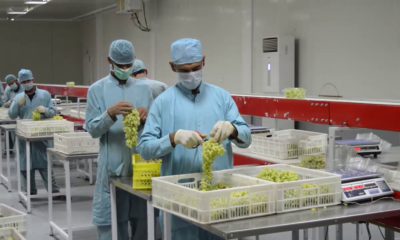
 Business5 days ago
Business5 days agoAfghanistan reaches self-sufficiency in production of 133 items: MoIC
-
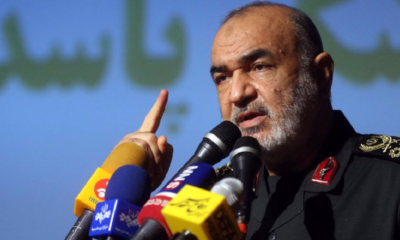
 Regional4 days ago
Regional4 days agoIRGC chief warns of harsher response if Israel attacks Iran
-

 Health5 days ago
Health5 days agoMajority of Afghans with mental disorders are women: officials
-

 World5 days ago
World5 days agoOne killed, 10 injured in cable car accident in southern Turkey
-

 Regional4 days ago
Regional4 days agoIran launches retaliatory attack on Israel with hundreds of drones, missiles
-
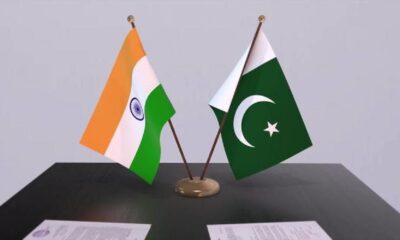
 Latest News4 days ago
Latest News4 days agoContact group on Afghanistan hits roadblock over Pakistan’s gripe with India
-

 Sport3 days ago
Sport3 days agoACL fever grows as fixtures finalized




